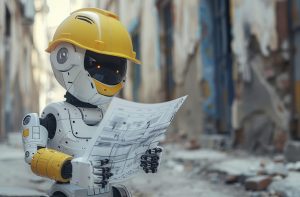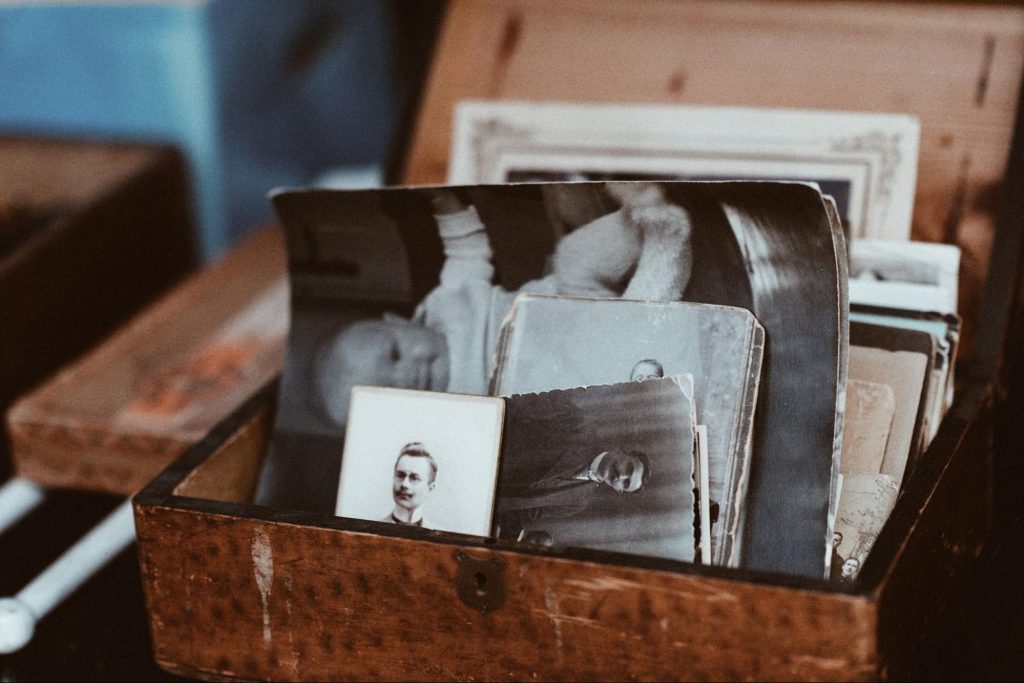
Introduction
In a world where memories are captured through the lens of a camera, photographs hold immense sentimental value. They freeze fleeting moments in time, allowing us to relive cherished moments with each glance. Whether as a black and white photo, or a more modern colored photograph, these pictures serve as glimpses into our past.
However, the passage of time can take a toll on these old photo albums, with them becoming scratched, faded photos as time goes on, the special moments they commemorate fading away with time, the true beauty of these old memories becomes obscured by wear and tear. Colored and black and white photos both go through varying degrees of damage as they age, eventually requiring a person to make use of an old photo restoration service and online photo editing tool sets in order to return them to their original state, or even simply to slightly reduce the damage accumulated.
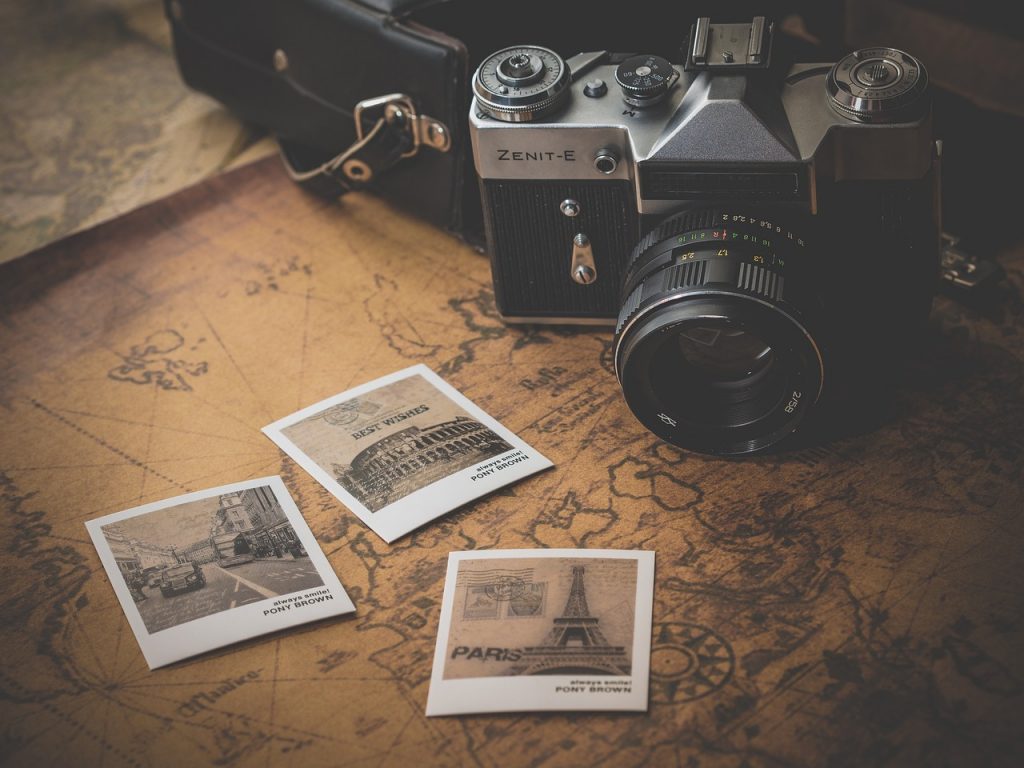
However, old photo restoration often was a long, time-consuming process, with the effort needed to restore old photos often also requiring expensive or hard-to-find equipment. High quality photo restoration services would often also be quite expensive, especially when old photo restoration involved especially aged and time-worn photos.
Thankfully, advancements in artificial intelligence have unlocked a remarkable solution for old photo restoration as a process – AI photo restoration. With the help of an AI photo restorer, high quality photo repair of old family photos and the like no longer needs to be a terribly time-consuming and expensive process.
In this article, we will delve into the fascinating realm of photo restoration powered by AI technology, exploring its transformative capabilities, the advantages it offers over traditional methods, and how ai-pro.org’s Basic and Pro subscription plans make the process a breeze.
Understanding AI Photo Restoration
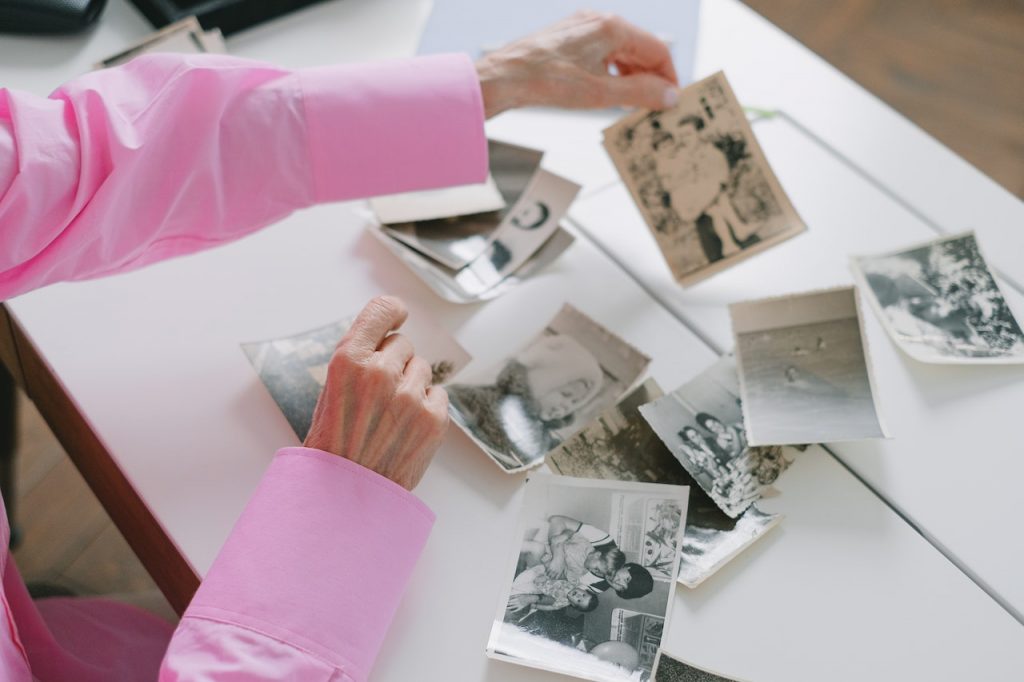
What is AI Photo Restoration?
AI photo restoration is a groundbreaking technology that harnesses the power of artificial intelligence and advanced algorithms to analyze and restore old and damaged photographs. By intelligently understanding the image’s content and patterns, AI tools can effectively repair and enhance both colored and black and white photo albums, bringing the old images back to their original glory or even surpassing their initial quality.
How AI Analyzes and Restores Images

At the heart of AI photo restoration lies complex neural network algorithms that mimic the human brain’s pattern recognition abilities. Through a process known as deep learning, AI models are trained on vast amounts of data, enabling them to understand the visual elements, textures, and patterns within an image. This analysis allows AI to identify areas that require restoration, such as faded colors, scratches, tears, and other imperfections, and hone in on using its photo restoration tool set to make the necessary changes.
Once the analysis is complete, AI employs sophisticated algorithms to apply appropriate corrections and enhancements to the image. These photo repair processes can include color correction, texture filling, sharpening, and other adjustments to automatically restore the image to its original state or enhance its visual quality, making them look as though they were new photos taken only recently.
How AI Handles Different Types of Damage: Fading, Scratches, Tears, etc.
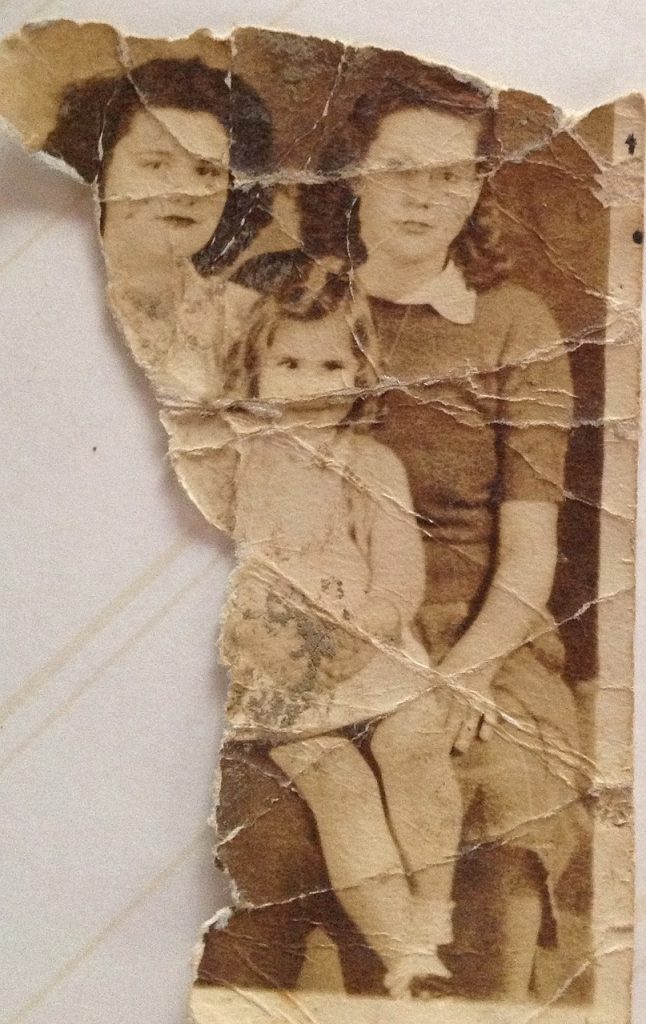
AI photo restoration and photo repair excels in addressing various types of damage that commonly affect old and vintage photographs. When it comes to fading, AI can dynamically adjust color saturation and contrast to revive the original vibrancy of the image.
Scratches and tears pose a unique challenge for manual restoration, as they require precise pixel-level editing in order to restore photos to their original state. AI, on the other hand, can intelligently fill in missing details, seamlessly blending surrounding textures to erase imperfections and restore smooth surfaces.
Moreover, AI can tackle other common issues like noise reduction, eliminating film grain and digital artifacts, and even reconstructing missing parts of damaged photos. This versatility makes AI photo restoration a comprehensive and effective solution for preserving and enhancing images from various eras.
Intricately powered by artificial intelligence, restoring old photos becomes a seamless process, unlocking new dimensions of creative possibilities and preserving cherished memories with unparalleled clarity and authenticity. Through the next sections, let’s delve into the remarkable features and benefits of AI photo restoration online, and how ai-pro.org’s subscription plans cater to both photo enthusiasts and professionals alike.
Understanding the Photo Restoration Process
A. Traditional Photo Restoration Techniques: Pros and Cons
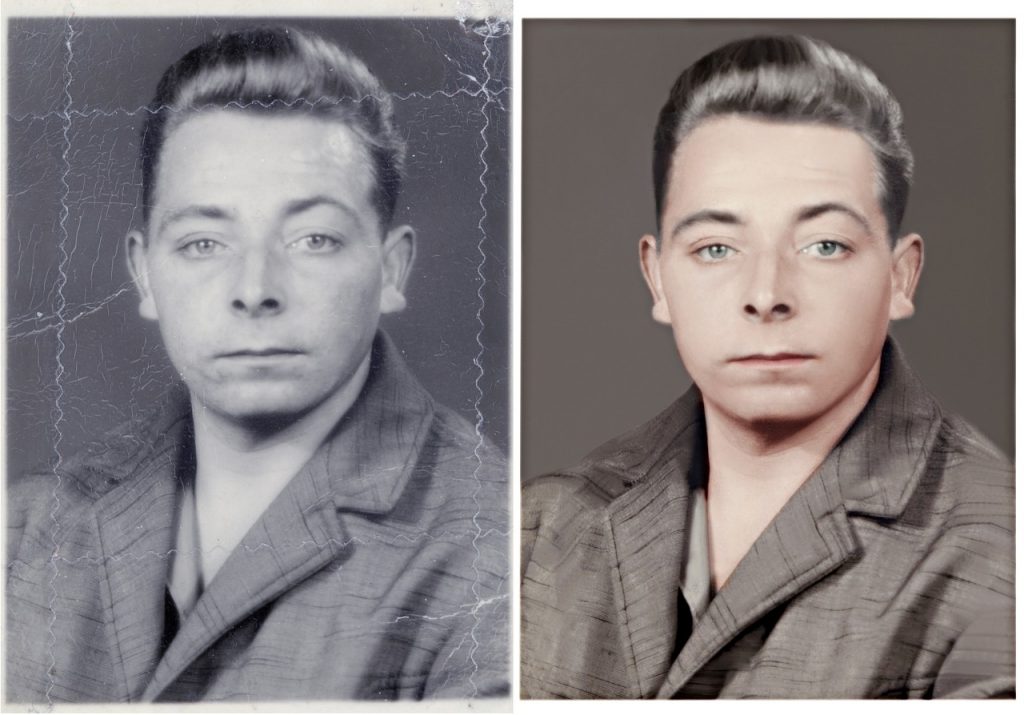
Traditional photo restoration techniques have been practiced for decades and involve meticulous manual processes to repair and enhance old photographs, and this applies to techniques used to restore both black and white images and colored ones. Professional restorers would carefully assess the damage and use various tools, such as fine brushes and retouching materials, to fix tears, scratches, and faded areas. While these techniques can produce impressive results, they come with both advantages and limitations.
Pros of Traditional Photo Restoration:
Artistic Flair: Skilled restorers can add a personal touch to the restoration, infusing the restored photo with their artistic vision while staying true to its original style.
Preservation of Authenticity: Manual restoration allows for precise adjustments, ensuring that the original character of the photo is preserved.
Individual Attention: Each photo receives dedicated attention, and restoration decisions are made with a deep understanding of the image’s historical context.
Cons of Traditional Photo Restoration:
Time-Consuming: Manual restoration can be labor-intensive, taking hours or even days to fix a single photograph, making it impractical for bulk restoration projects.
Costly: The expertise and time required for traditional restoration can make it relatively expensive, especially for large collections of old photographs.
Skill-Dependent: The quality of restoration heavily relies on the skill and experience of the restorer, which can vary from one professional to another. This is doubly true when it comes to repairing digital, online photo files, which can require a different set of skills.
Image-Dependent: Some old pictures have damage that is either extremely difficult or impossible for even a skilled professional to fix on their own.
B. The Evolution of AI-Powered Solutions: How Artificial Intelligence Revolutionizes Restoration
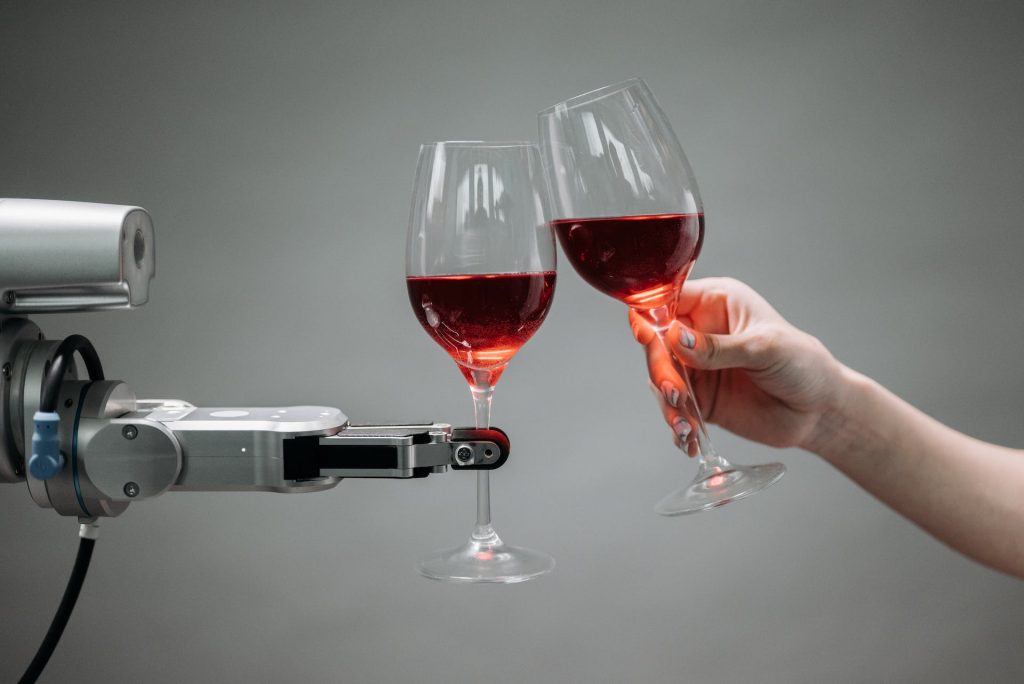
With the rapid advancements in artificial intelligence and machine learning, restoring old photos has taken a significant leap forward. AI-powered solutions, such as those offered by ai-pro.org, leverage sophisticated algorithms and neural networks to analyze and restore old photos and bring them back to life. This revolutionary approach has democratized photo restoration, making it accessible to a broader audience.
AI-driven restoration of old photos brings several game-changing benefits:
Automated Restoration: AI algorithms can automatically identify and address common issues, such as color fading, scratches, and noise, streamlining the restoration process.
Consistency and Speed: AI-powered solutions can restore and enhance multiple images simultaneously with consistent quality and incredible speed, making it ideal for large photo collections.
Accessibility: Users with little to no experience in photo editing can now restore and enhance their old photos effortlessly, eliminating the need for extensive manual skills.
Non-Destructive Editing: AI photo restoration works on digital copies of the original photos, ensuring the preservation of the old photos by allowing users to save, upload, and download the photo files as jpg, png, or any other file format they wish, storing their photos online for future use or further editing.
C. How AI Photo Restoration Works: The Science Behind the Magic

At the core of AI photo restoration lies deep learning, a subset of machine learning where neural networks mimic the human brain’s learning process. What makes ai-pro.org one of, if not the best AI tool to restore old photos is the fact that it is trained on vast datasets of both damaged and undamaged pictures to recognize patterns and learn restoration techniques. Once trained, the AI can restore old photos by applying its learned knowledge to analyze and repair the damaged areas.
The restoration process typically involves the following steps:
Image Analysis: The AI algorithm examines the old photo, identifying areas of damage, such as scratches, stains, or faded colors.
Learning from Data: The AI model references its extensive training data to understand how similar issues were corrected in the past in order to learn what among its photo restoration tool set it should use for the picture or pictures in question.
Restoration Actions: Based on its training, the AI algorithm applies appropriate photo editing actions to the damaged areas, such as color correction and texture replication.
Fine-Tuning: Some AI-powered solutions offer options for manual adjustments, allowing users to fine-tune the final restored photo output according to their preferences, such as by providing an add color function, or altering the contrast to fix an existing color difference.
In conclusion, the evolution of photo restoration from traditional techniques to AI-powered solutions has transformed how we approach the preservation of visual memories. While traditional restoration methods still hold their place for their artistic touch and individual attention, AI photo restoration has emerged as a convenient, efficient, and cost-effective alternative for those seeking to restore old photos with ease and precision and still achieve high quality results.
Embrace the power of AI technology and experience the magic of restoring your old photos with AI-Pro.org’s Basic and Pro subscription plans, where the past meets the future, all in one click.
How AI-Powered Restoration Works: A Closer Look
A. Neural Network Algorithms for Image Analysis
AI photo restoration relies on neural network algorithms, which have revolutionized image analysis. These complex algorithms enable AI to understand the nuances of each picture, ensuring accurate restoration without compromising on authenticity.
B. Utilizing Reference Images for Enhanced Results
One of the key features of AI-powered picture restoration is its ability to utilize reference images. By referencing high-quality images, AI can go beyond simply removing scratches and ensuring that the picture is shown in the correct colors. AI-powered photo restoration can restore details in a picture that might have been lost or damaged, resulting in remarkably enhanced results, bringing the special moments in your life that each picture preserves back to life in even greater quality than it was before.
Additionally, due to its learning process, it can even determine how best to restore vintage photos and other very old photo files. With just a few clicks, it is now possible to restore photos of moments from long, long ago, with AI-powered restoration allowing old photos to be returned to their original beauty.
C. Texture Transformer Network for Image Super-Resolution (TTSR) Explained
At the forefront of AI photo restoration lies the Texture Transformer Network for Image Super-Resolution (TTSR). This innovative technique allows for a seamless texture search and transfer, significantly improving visual quality and preserving intricate details.
D. Real-Time Processing and Rapid Turnaround

Thanks to the efficiency of AI algorithms, photo retouching and restoration becomes a swift and seamless process. Real-time processing ensures a rapid turnaround, enabling users to enjoy their restored memories without unnecessary delays.
Empowering Photography Professionals and Businesses
A. Speeding up Photo Restoration Projects
For photography professionals and businesses dealing with large volumes of old, damaged photos, AI-powered restoration becomes a game-changer. Efficiency and precision combine to expedite picture restoration projects without compromising quality.
B. Enhancing Services for Clients and Customers
AI photo restoration opens up new possibilities for photographers to offer enhanced services to their clients. Delivering restored photographs with pristine quality elevates customer satisfaction and solidifies professional reputations.
C. Expanding Creative Possibilities with AI Restoration
Creativity knows no bounds with an AI photo restorer. Unleash your imagination and explore artistic endeavors, using restored images as a canvas to create stunning compositions and artistic interpretations.
D. Showcasing Portfolio Highlights with Renewed Clarity
Photographers can revitalize their portfolios by restoring old photos and showcasing the brilliance of their work with renewed clarity. Each restored image becomes a testament to their talent and expertise.
Conclusion
AI-powered photo restoration is a revolutionary technology that breathes new life into old and damaged photographs, allowing us to preserve cherished memories and cultural heritage with incredible clarity and authenticity.
Through advanced neural network algorithms and innovative techniques like the Texture Transformer Network for Image Super-Resolution (TTSR), AI photo restoration has transformed the way we approach preservation and restoration in the digital age. Whether it’s a faded family portrait, a historical artifact, or a famous artwork, AI technology can restore these images to their former glory, enabling us to revisit the past with a sense of wonder and nostalgia.
Don’t let your precious memories fade away. Embrace the power of AI photo restoration with ai-pro.org today. Choose the Basic subscription for a user-friendly experience or elevate your restoration projects with the Pro subscription’s advanced features. Reconnect with your past, preserve cultural heritage, and unleash your creativity through the art of AI photo restoration.
FAQs
Can AI restore heavily damaged photographs?
Yes, AI photo restoration can tackle a wide range of damage, including fading, scratches, tears, and more. While heavily damaged photographs may require more intricate restoration, AI technology can significantly improve their appearance.
Is AI photo restoration better than manual restoration methods?
AI photo restoration offers several advantages over manual methods, including efficiency, rapid processing, and the ability to restore large volumes of old photo files without compromising on quality.
How does ai-pro.org’s Pro subscription benefit professional photographers?
The Pro subscription plan empowers professional photographers with advanced editing tools, high-resolution outputs, and customization options, enhancing their ability to offer top-notch restoration services to clients.
Can AI photo restoration be used for historical photographs and artworks?
Absolutely! AI photo restoration is particularly valuable for preserving historical photographs and artworks, as it can revitalize these cultural treasures with precision and authenticity


